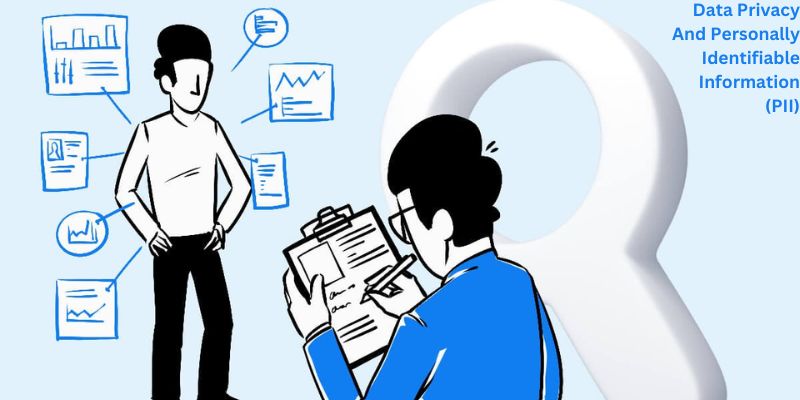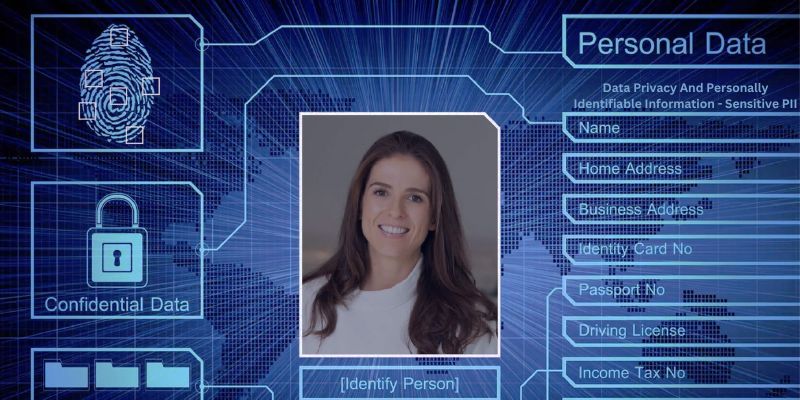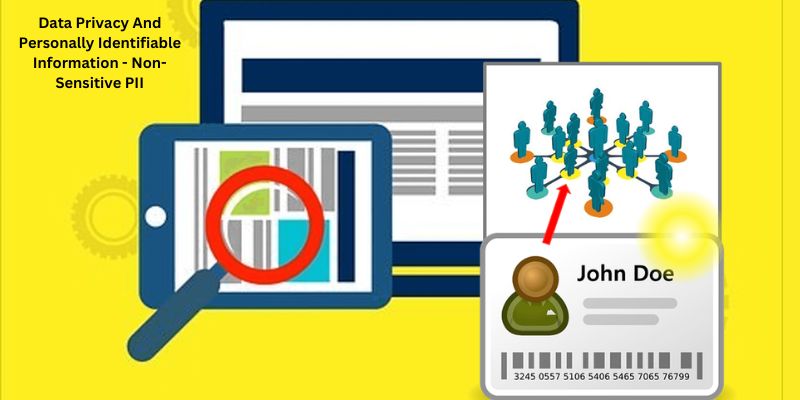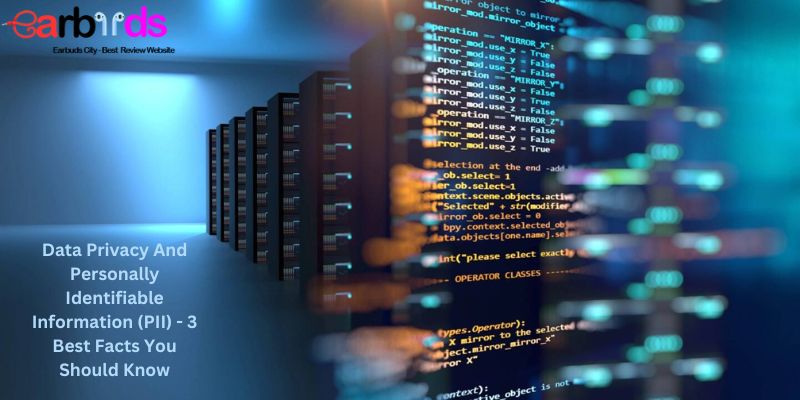In today’s digital age, the importance of data privacy and personally identifiable information (PII) cannot be overstated. With the increasing number of cyber threats and the proliferation of data breaches, it has become essential for individuals and organizations to take proactive measures to safeguard their sensitive information. In this blog, earbudscity.com will explore the significance of data privacy and personally identifiable information, and delve into key strategies and best practices that can help ensure the security of your personal data. So, whether you’re a concerned individual or a business owner looking to enhance your data protection measures, stay tuned for valuable insights and actionable tips in our upcoming posts.
1. Data Privacy And Personally Identifiable Information (PII)

Information that, alone or in combination with other pertinent data, may be used to identify a specific person is known as personally identifiable information (PII).
PII may include direct identifiers (like passport details) that can be used to uniquely identify a person or quasi-identifiers (like race) that may be used in conjunction with other quasi-identifiers (like date of birth) to successfully identify a person.
Developing technological platforms have altered how organizations run, laws are passed, and people interact. Data of all types is now abundant because to digital instruments like social media, e-commerce, cell phones, and the Internet.
Businesses gather, examine, analyse, and exchange what is referred to as “big data” with other businesses. Big data provides a lot of information that has allowed businesses to learn how to communicate with clients more effectively.
The growth of big data has, however, also led to an increase in cyberattacks and data breaches by organizations who understand the value of this information. As a result, questions have been raised about how businesses handle the private data of their clients. While individuals explore for more anonymous methods to stay online, regulatory authorities are pursuing new regulations to protect consumer data.
If you are interested in similar topics, you can also refer to Data Privacy And Geolocation Tracking
2. Data Privacy And Personally Identifiable Information – Sensitive PII

Sensitive Personally Identifiable Information, also known as linked data, is PII that can be used to identify a person, such as first and last name or credit card number. This is so that an individual’s identity may be revealed by this information, which is either directly or virtually directly related to it.
But more crucially, the potential harm that may result from the abuse of such information makes it sensitive. If the information is misplaced, stolen, or unintentionally released, this might vary from humiliation in front of others to criminal persecution.
Examples of connected or sensitive PII include first and last names, residential addresses, email addresses, phone numbers, passport and driver’s license numbers, Social Security numbers, photographs of people’s faces, credit card numbers, usernames, fingerprints, financial data, and medical records.
There isn’t a single, universal definition of information that is personally identifiable or the kinds of data it covers, despite the complexity and sensitivity of such information. Therefore, PII definitions may vary between businesses and across international borders.
3. Data Privacy And Personally Identifiable Information – Non-Sensitive PII

Because additional data items must be connected together to establish a person’s identification, this type of information is also known as linkable data. Sensitive PII, however, can disclose identify when used alone or in combination with a very small number of other data sources.
Examples of PII that may be linked or is not sensitive include: First or last name (if it is common), mother’s maiden name, age range, such as 35 to 44, date of birth, gender, and employment are all required.
Email addresses or username choices made while making an account on a website are examples of PII. Even though it would need to be connected to the email addresses or other associated data to expose identify, an account password would still be considered PII. Data administration, website-based marketing, and regulatory obligations may all be coordinated with the use of a consent management platform (CMP).
The first and last name, business, shipping and billing addresses, email addresses, phone numbers, and credit card numbers are all examples of PII that might be requested from a customer while making an online purchase.
However, this is not the only data that such a transaction produces. The item’s serial number could turn into PII depending on the transaction. PII would be cookies that were saved in the browser when they were browsing websites. The same is true for the IP address-based location of the consumer. All the information may be at danger of unauthorized access if the website did not use an SSL certificate or show “https” in the site’s URL.
Conclusion
In conclusion, data privacy and personally identifiable information (PII) are crucial in our increasingly digital world. The potential risks and threats associated with the misuse or unauthorized access to PII cannot be ignored. It is imperative for individuals and organizations to prioritize the implementation of robust security measures and privacy policies to safeguard sensitive information.
By adopting best practices such as encryption, regular risk assessments, and employee training, we can mitigate the risks and ensure the confidentiality, integrity, and availability of personal data. Ultimately, the collective efforts to preserve data privacy will not only protect individuals from identity theft and other cybercrimes but also foster trust and confidence in the digital ecosystem.




